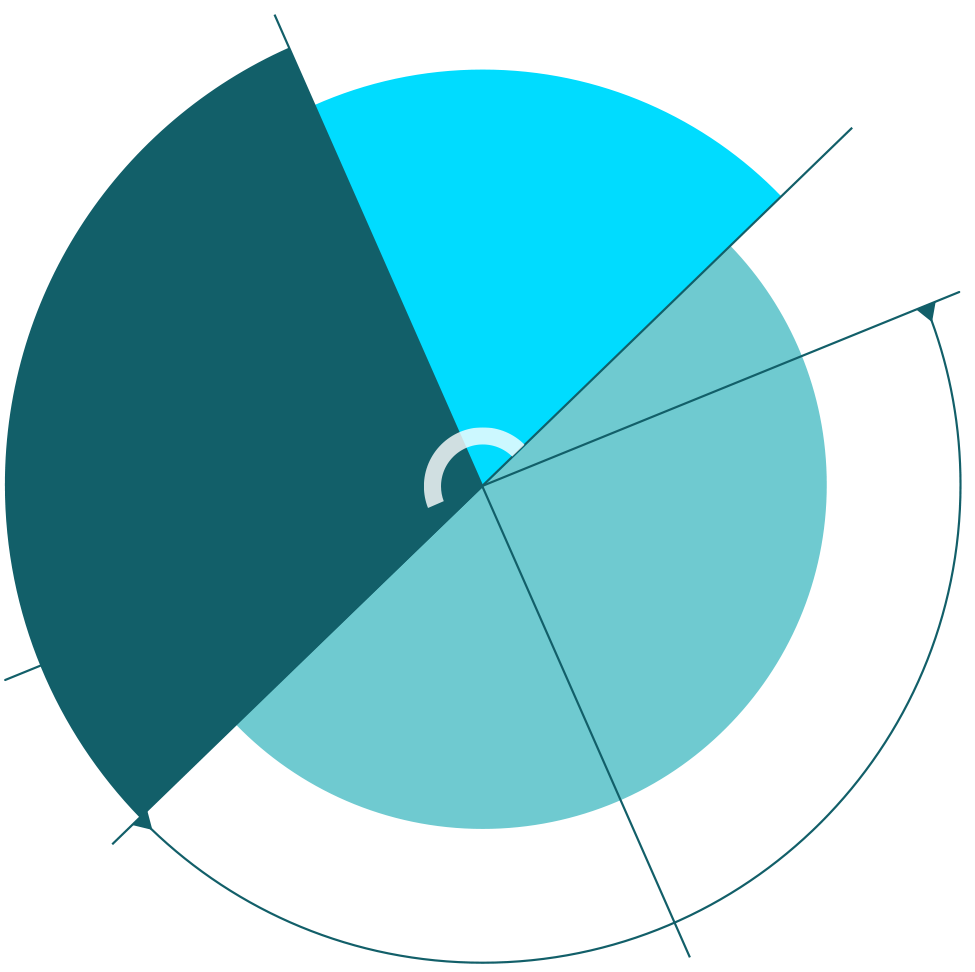Womens Health Week: 4-8 September 2023 - Menopause & Osteoporosis
Get started now to prevent or slow the effects of osteoporosis.
Women’s bodies do amazing things and due this ability they also have significant hormonal changes during their lifetimes. In adolescents menstruation begins, during pregnancy and later, menopause when menstruation ends.
According to the Australasian Menopause Society, menopause is the final period and, if occurring naturally, happens generally between ages 45-55. Menopause can also be caused by cancer treatments and the removal of the ovaries and in some cases earlier in the 30s-40s.
Due to the hormonal changes during menopause - oestrogen, growth hormone, Insulin-Like Growth Factor 1 (IGF-1), DHEA (a hormone that produces other hormones including oestrogen and testosterone) and muscle protein synthesis significantly decline resulting in lower bone and muscle mass. Osteoporosis occurs in both men and women but is more prevalent in Caucasian and Asian post-menopausal women.
Bones are made up of collagen and other protein fibres, osteocytes (bone cells) and in the case of the thigh bone, marrow (red where blood cells are produced and yellow where lipids are stored). Hormones such as oestrogen, testosterone and growth hormone stimulate bone growth and ossification. Bones become porous due to a combination of a decline in reproductive hormones, proteins, inadequate diet and lack of exercise.
The symptoms of menopause combined with the symptoms of osteoporosis can be very uncomfortable and include:
Menopause
hot flushes and night sweats
loss of libido
Mood and memory changes such as anxiety, irritability, difficulty concentrating
Dry skin
Metabolic changes
Osteoporosis
Pain and stiffness most commonly in the spine
Breaks and fractures that occur easily
loss of height
Stooped posture
It’s not all bad news! There are treatments available both medical and non-medical and as always the prevention is better than the cure. Obviously we can’t prevent menopause but we can prepare for it through diet and exercise. Even if you are one of the many people that have osteoporosis it’s not too late to do something about it.
Exercise focusing on muscle building and balance is very important in the maintenance of healthy bone particularly weight bearing such as weight lifting, running and body weight exercises. Hello Pilates!
We all know exercise helps so many aspects of our wellbeing including mental, emotional and physical. Besides the mobility and strength areas, exercising particularly in group settings decreases stress, anxiety and increases the happy feelings. This can be hugely beneficial to the menopausal symptoms of mood changes.
Pilates is an excellent form of exercise for people experiencing menopause and osteoporosis. It is gentle enough for people who may have more severe symptoms to participate with variable spring settings and equipment options. And for those with mild symptoms or none we continue to build muscle and bone strength. Think of “Mlimb a mountain” on the Wunda Chair (see below) - this is an excellent example of an advanced exercise that you won’t find in other classes. It builds strength, balance, and mobility. All the important things for keeping bones and muscles strong.
When seeking out a Pilates studio it’s important to find one that understands the intricacies of this significant physical and psychological period and knows how to prescribe appropriate exercises. If you or someone you know is experiencing the symptoms of menopause and osteoporosis know that there are options that can help you manage them.
Check out these examples of Climb A Mountain on the Wunda Chair. Some of you are already very familiar with the intensity of this exercise and how beneficial it is to the hip, knee and ankle joints, pelvic strength and balance.
References:
https://menopause.org.au/hp/information-sheets/what-is-menopause
https://www.mayoclinic.org/diseases-conditions/osteoporosis/symptoms-causes/syc-20351968
Seeley’s Anatomy & Physiology - 11th Edition. Chapter 6.


